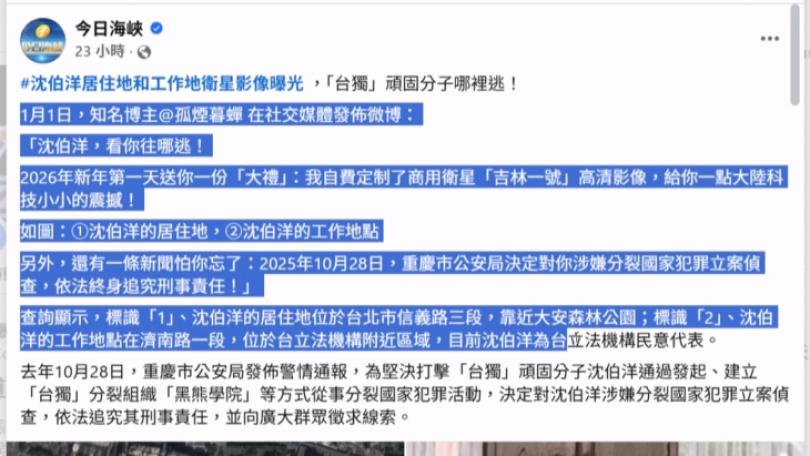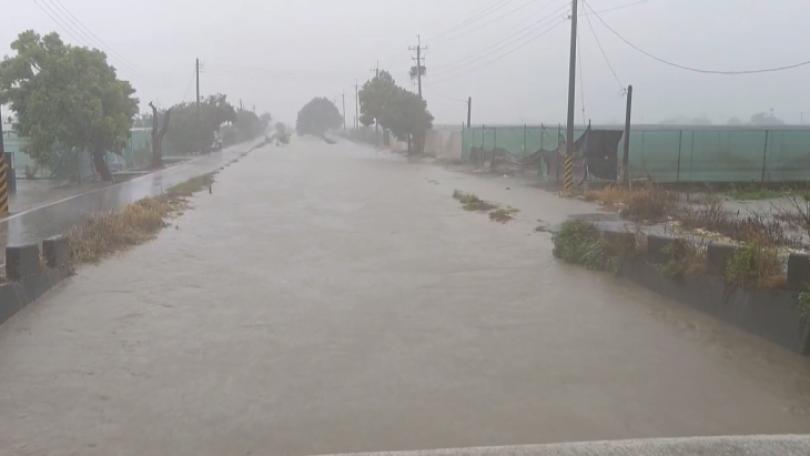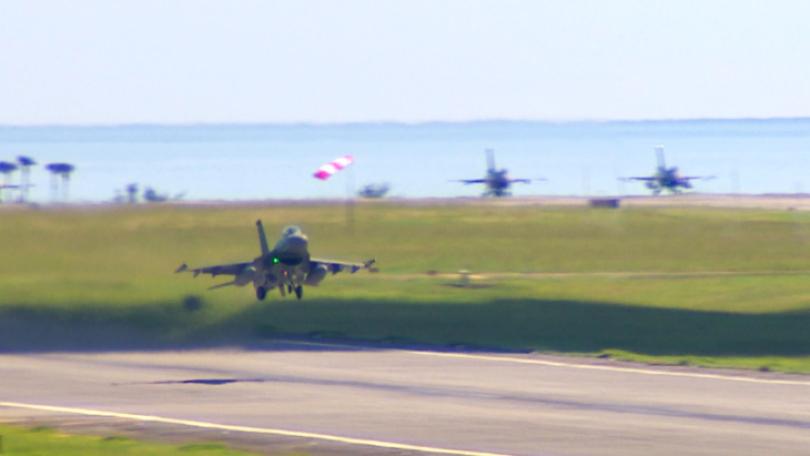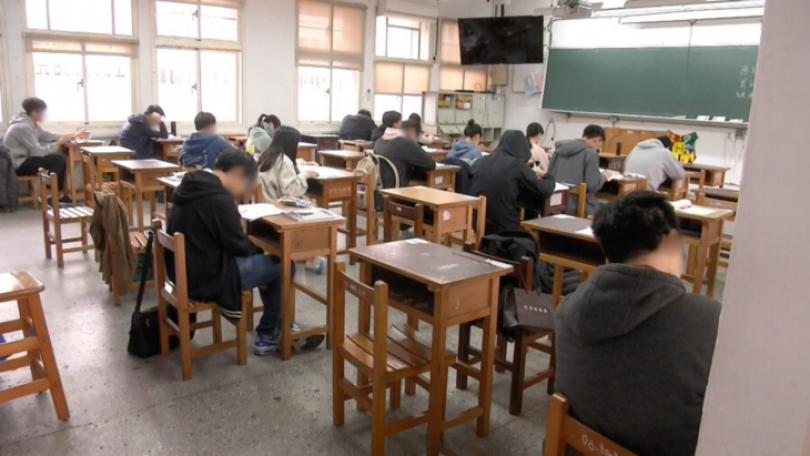EPA: PM1.0 Possible Cause for Poor Visibility|細懸浮微粒PM1.0影響? 城市霧茫茫
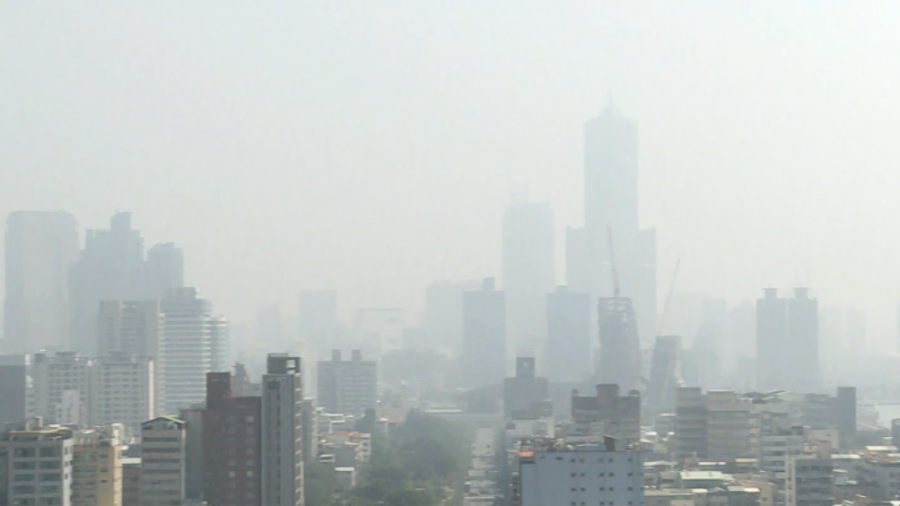
發布時間:
更新時間:
According to the Environmental Protection Administration (EPA), the number of days in 2017 with code red air quality warning was half of that in 2014. However, members of the pubic still often see foggy skies. Some scholars suspect that there might be massive amount of PM1.0 hovering in the air. The EPA said it has dispatched exports to verify.
Currently, the air quality in Taipei City is rated at between good and average. However, members of the public doubt whether the Environmental Protection Administration (EPA) has released accurate evaluations on the air quality, as the skies appeared very foggy. The EPA is currently studying the effect of P.M. 2.5, or particulate matter 2.5, and PM 1.0 and its effect on visibility.
PM2.5 affects particulates with diameters between 0.1 and 1.0 micrometer (PM 1.0). PM1.0 are larger in number, and they tend to carry a lot of moisture due to Taiwan's unique island climate.
The EPA showcased two photographs side-by-side. The one on the left is a photo of Beijing when its PM2.5 concentration was above 200 microgram per cubic meter. The photo on the right shows Kaohsiung City when its PM2.5 concentration was below 100. However, the city still looks even foggier then Beijing despite the low number. A research team is currently studying whether the fog has to do with PM1.0 particulates matters in the air. The team will also study the connection between island climate and the air pollution.
The key relationship is that between wavelength of the light and the particulate matters. So sometimes we believe maybe PM1.0 has more to do with visibility in Taiwan.
Due to the fact that PM1.0 mainly comes from vehicle emission, scholars have advised the government to fund more research on the effects of these pollutants changing into a secondary type of pollution after reactions with the sunlight to devise appropriate strategies.




